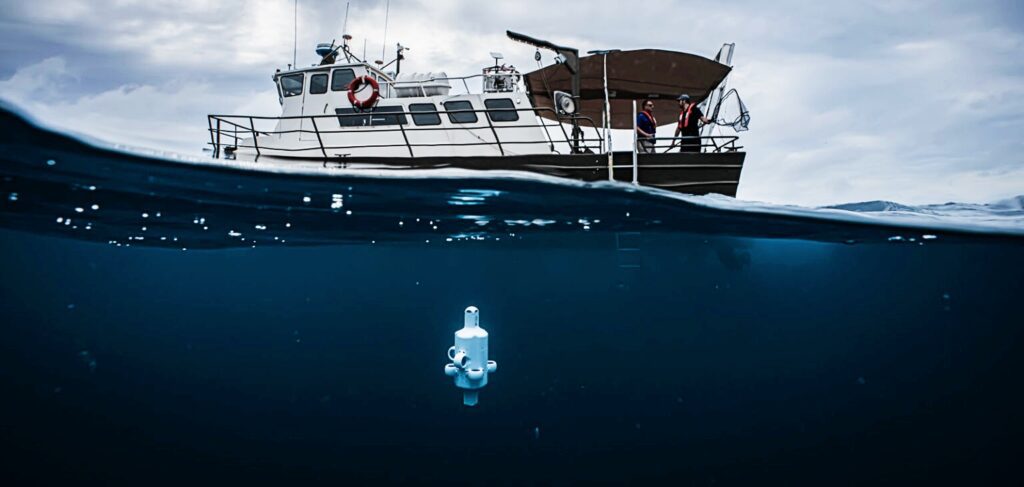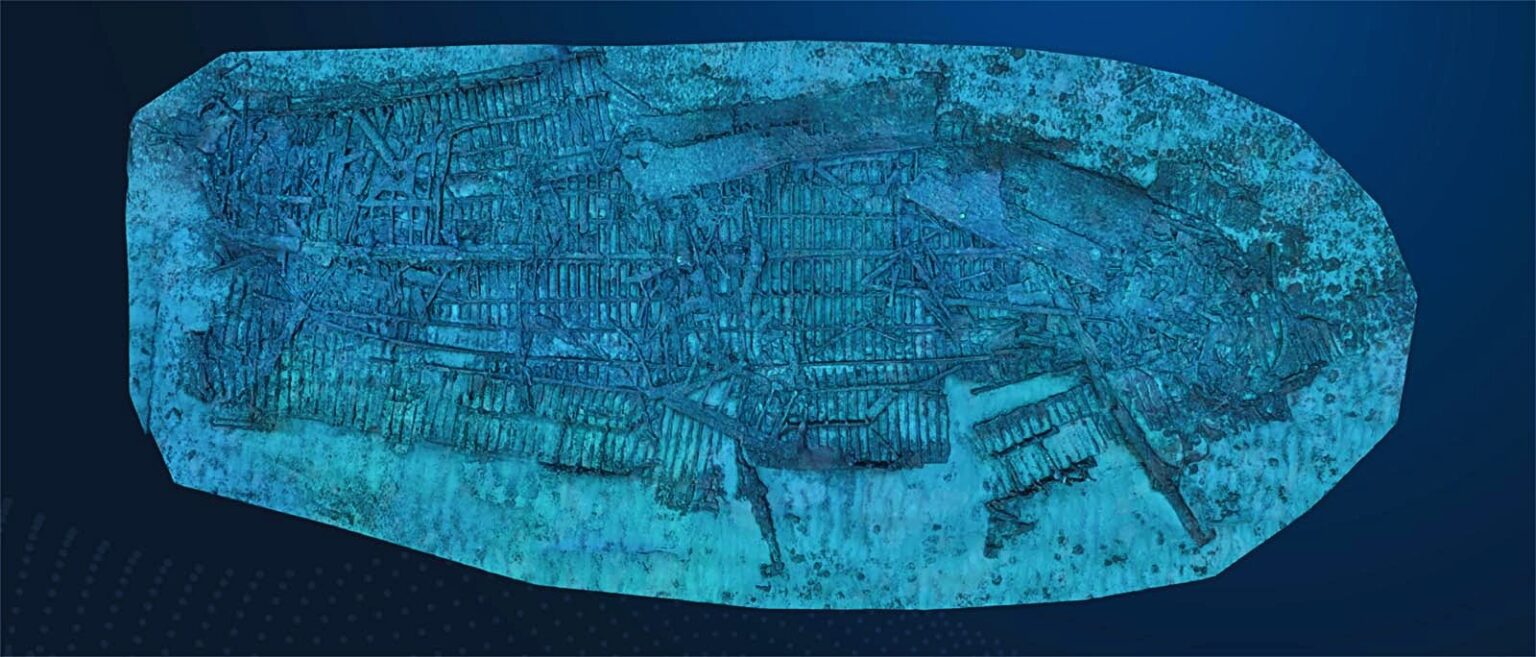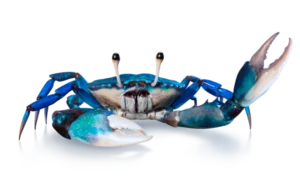Rottnest is a known ship graveyard in the Indian Ocean off Western Australia, with at least 47 historically significant ships having been scuttled there over the past 110 years, at depths between 50 and 200m. Now a tiny AUV has been set to explore the dump site – and quickly identified a previously unknown wreck.
The wreck site is located south-west of Rottnest Island, where wreck-diving is carried out at recreational depths, about 12km west of Freemantle. Covering an area some 11km in diameter, after WW2 it went on to be used for the disposal of Lend-Lease vehicles and aircraft.
Though many of the wrecks are deemed to have historical significance, few have been located or explored because of their depth and the equipment and training required to reach them, says the Hydrus Micro-AUV operator, AI robotics technology company Advanced Navigation.

“Small enough to be deployed by a single person, Hydrus utilised its advanced navigation and communication sensors to capture 4K video and imagery simultaneously,” says the company's subsea product manager Peter Baker. “Upon returning to the surface, the team analysed the data and was thrilled to find Hydrus had examined a 64m shipwreck.
“Learning the exact co-ordinates of the ship, the team used two Hydrus units to perform three missions, completing the full survey in just under five hours. This level of efficiency is crucial for underwater exploration, where costs can heighten quickly.”
Most of the 15 iron and timber ships so far located in the ship graveyard were built in the 1860-80s as trading vessels, often carrying grain and wool between the UK and Australia.
Using the 4K geo-referenced imagery and video footage collected by the AUVs, the team was able to generate a high-resolution 3D digital twin of the latest wreck discovery.
Dr Ross Anderson, a curator at the Western Australian Museum, examined this replica and identified it as an iron “coal hulk” dating back more than 100 years, of a type once used to service steamships in Western Australia.
“This type of high-resolution imagery is invaluable for maritime archaeological research and education on underwater cultural heritage,” commented Anderson. “With tools like Hydrus, we can obtain accurate maps and 3D models of deepwater historic shipwrecks and learn more about untold stories beneath the waves.”

The teams now want to look for and explore further wrecks, including that of the luxury passenger ship Koombana, which was carrying more than 150 passengers when it vanished during a cyclone in 1912.
Also read: Diving at Rottnest, 4 of the Best, Guide to Australia’s Best Scuba Dive Sites, Stunning Scuba Diving in South Australia








